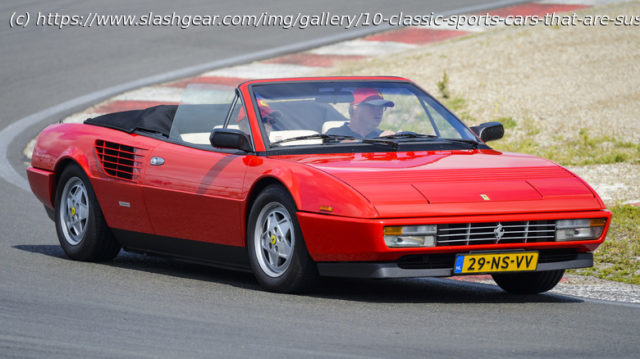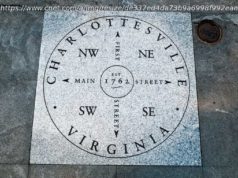Not all sports cars cost a fortune — and it’s even possible to get models from high-demand makers for prices that might surprise you.
Buying a classic sports car is a goal for countless enthusiasts, but actually saving up the money to get one is no easy task. Clean examples of the most desirable classic cars can cost far above what the average enthusiast will realistically be able to afford. Therefore, it can be tempting to run a “Price: Low to High” search on used car sites and see what comes up. Some of the cheapest classic cars on the market might look at first glance like bargains. They offer a seemingly affordable way to purchase a car from a prestigious marque, but often there’s a reason why they’re so cheap.
Some are notoriously unreliable, and will likely cost their owner thousands in maintenance each year just to keep on the road. Some are unpopular and don’t offer the same thrills that most enthusiasts of a brand will be looking for. Then, some are simply overlooked, either because there are better options on the market or because many buyers are put off by unfair stereotypes that don’t reflect the reality of owning the car. Whatever the reason for their suspiciously low asking price, it’s worth being clued up on these cars before trying to scour the classifieds for a bargain.Aston Martin DB7
Small volume carmakers quite often have to borrow parts from larger carmakers to keep costs down. There’s no point developing, say, a unique set of tail lights when a set sourced from another manufacturer will do just as good a job, but borrow too many parts and the car might end up labeled a “parts bin special.” The Aston Martin DB7 veers dangerously close to that territory, which is part of why it’s so cheaply priced. It features a laundry list of components sourced from other cars, mostly from budget Ford and Mazda vehicles, since all three brands were under Ford Motor Company’s ownership at the time.
The DB7 was a great success for Aston Martin, selling in high enough volume to turn around the company’s dire financial situation. More than 7,000 examples left the factory by the time it was replaced in 2004, making it significantly less rare than any other Aston Martin before it. This again has helped keep resale values down — there are more examples on the market than any older Aston Martin model. It might not be the most exotic of the brand’s cars, nor the rarest, but at the end of the day it’s still an Aston Martin. Expect sharp handling, plenty of poke under the hood — and inevitably some eye-watering repair bills when it goes wrong.Maserati Biturbo
Online coverage of the Maserati Biturbo is generally very negative, with SlashGear being no exception. The Italian classic made the list of the biggest mistakes by European carmakers, being panned for its terrible build quality. That reputation is well deserved, with early Biturbos being notorious for various quality control issues straight from the factory, but it doesn’t tell the whole story. Later variants of the Biturbo, along with the many variants sold under different names, fixed many of the car’s original issues. By that time, however, the damage had already been done, and the car had already become synonymous with engine trouble, rust, and electrical gremlins.
Ironically, the main reason that the Biturbo was so badly built was that demand for the car was very high. In trying to meet that demand, Maserati skimped on quality control. The Biturbo was also an innovative design, with its name stemming from the fact that it was the first production car to feature twin turbochargers. A pioneering powertrain and rushed production was always a combination that was always going to end in disaster, even if the Biturbo still sold well at first. Examples can today be found very cheaply on the used market since the Biturbo’s negative reputation has compounded over time.
[Featured image by Hassocks5489 via Wikimedia Commons | Cropped and scaled | Public Domain]Dodge Daytona Turbo Z
With a few exceptions, front-wheel-drive sports cars are generally considered inferior to those sporting either rear or all-wheel-drive. However, some manufacturers in the ’80s were convinced that the general car market’s rapid adoption of front-wheel-drive would soon take over all segments, sports cars included. The Dodge Daytona Turbo Z was launched in 1984 on the basis of this assumption, and to position it as a forward-thinking car, it was one of the brand’s most technologically advanced cars launched up to that point.
It featured significantly more electronic systems than previous sporty Dodge cars, plus a new turbocharging system that was more carefully implemented than other early turbocharged American cars.






